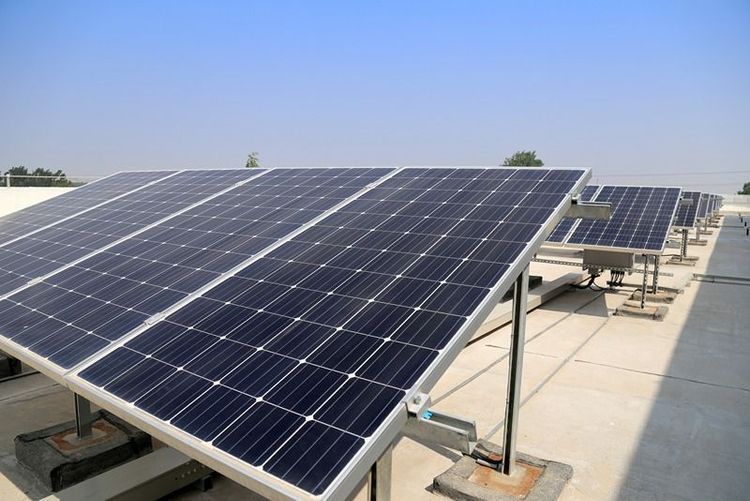India is rapidly advancing towards renewable energy solutions. Choosing suitable materials, such as galvanised steel and the appropriate frame material, is crucial in solar power. Galvanised and galvalume steel stand out as leading options for solar panels, each with unique benefits.
Corrosion resistance
Corrosion resistance is pivotal in enhancing the longevity and efficiency of photovoltaic solar panels, critical in hot, humid, and coastal regions common in India. With its zinc coating and optimal thickness, Galvanised steel offers substantial protection against corrosion.
On the other hand, galvalume steel combines aluminium and zinc coatings, providing even superior oxidation and corrosion resistance. This ensures minimal maintenance and a longer life for solar installations.
Performance in Indian climate
India's diverse climatic conditions necessitate robust materials for solar panels, making the choice between galvanised and galvalume steel crucial. Each material brings unique benefits in terms of durability and maintenance.
With its zinc coating, galvanised steel offers substantial resistance to rust and corrosion, performing admirably in coastal and high-humidity regions. Galvalume, however, combines the strengths of aluminium and zinc, providing superior protection and longer lifespans under these conditions, making it highly suitable for photovoltaic applications.
Ultimately, the choice between galvanised and galvalume steel should consider the specific environmental challenges of the installation site. While galvanised steel performs well in many regions, galvalume’s advanced composition offers an edge in extreme conditions, ensuring that solar panels remain efficient and resilient over time.
Lifespan and durability
When considering the lifespan and durability of steel for solar panels, both galvanised and galvalume steel offer impressive longevity.
Galvanised steel, renowned for its robust zinc coating, typically delivers an operational lifespan of 20-25 years. This longevity is particularly beneficial in regions prone to rust and corrosion, ensuring the structural integrity of solar installations remains uncompromised over an extended period.
Galvalume steel, on the other hand, offers a slightly longer lifespan, often exceeding 30 years. Its dual layer of aluminium and zinc affords superior resistance to the elements, making it an excellent choice for harsh climates.
To sum up, both materials present a formidable option for enhancing the durability and lifespan of solar panels. The choice between galvanised and galvalume steel should ultimately be based on the specific environmental conditions of the installation site, aiming to maximise the longevity and efficiency of the solar energy systems for years to come. This will foster greater confidence and sustainability in India's growing renewable energy sector.






 +91 7208055523
+91 7208055523
 Help & support
Help & support
